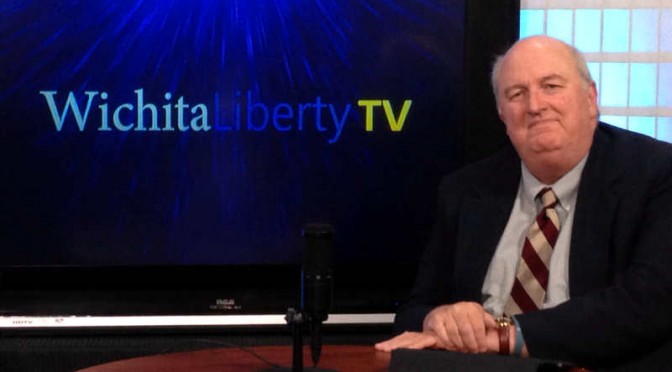By Andrew Brown, Foundation for Government Accountability
This site recently published an extensive critique of HB 2615, a bill that would protect doctors and health care professionals providing free charity care and reward them with a minor licensing incentive, and the author encouraged Gov. Brownback to veto the bill. Mr. Weeks has graciously allowed me, as a supporter who worked on behalf of HB 2615, to issue a response to his article. I truly appreciate the opportunity to present another side.
I agree that we do need to reconsider and reform occupational licensure across the board and we absolutely should expect medical professionals to stay current in their field. And while Continuing Medical Education credits are one way, they aren’t the only way to achieve that goal. In fact, Kansas already allows doctors to receive CME credits for a range of non-educational activities.
What’s more important though is the stifling effects abusive medical malpractice lawsuits which often benefit lawyers more than patients can have on the amount of free care doctors and health care professionals are willing to give. This means doctors and others offer less charity than they otherwise would while our low-income neighbors struggle to get access to the health care services they need. HB 2615 seeks to change this by reducing government barriers and freeing medical professionals to provide high-quality care to those who need it most.
HB 2615 doesn’t increase regulations on medical professionals, but eases the burden of existing continuing education regulations and rewards them for giving their time and talents to voluntarily serve those who can’t afford care. It also extends liability protections provided by the Kansas Tort Claims Act to medical professionals who choose to volunteer serving those in need so that the fear of a frivolous lawsuit doesn’t stand in the way of doing good.
Although Kansas currently requires physicians to participate in 50 hours of continuing medical education annually (which they often pay for out of their own pockets), the law divides continuing education hours into two categories.
Category I hours are the kind we typically think of when it comes to continuing education — the structured, academic lectures or workshops where physicians get up to speed on the latest medical research and techniques. Every Kansas physician is required to earn 20 hours of Category I credit each year. This doesn’t change with HB 2615.
The remaining 30 hours, then, may be earned from Category II, which is considerably more flexible. A physician can earn Category II hours in a number of ways like “participating in journal clubs,” having “patient-centered discussions with other health care practitioners,” and (my personal favorite) “using searchable electronic databases in connection with patient care activities.” The hours that physicians would earn for charitable care provided under HB 2615 fall under Category II, meaning that they will still have to earn the same 20 hours of critical Category I hours in order to maintain licensure. If we allow physicians to earn Category II credits for writing journal articles or Googling a patient’s symptoms, why shouldn’t we reward them with a few Category II hours for voluntarily providing a child with an inhaler to provide relief from his asthma symptoms, or treating a mother’s high blood pressure?
HB 2615 is a proven bi-partisan solution that works to provide care to our friends and neighbors in need by reducing regulatory barriers and unleashing the power of charity to immediately improve access to quality medical care. In 1993, the state of Florida instituted the nation’s first volunteer health services program, which served as the model for HB 2615. Since that time, volunteers in the Sunshine State have provided more than $2.8 BILLION in care to those in need. Each year, nearly 500,000 free patient visits are provided by the state’s top medical professionals valued at more than $300 million. All this happened not through a government program, but because the government recognized that the local community was better equipped to handle a problem, so it got out of the way.
While the data is impressive, HB 2615 is about changing lives. Recently, I had the privilege of speaking with a doctor in Orlando who has dedicated her career to providing volunteer medical services. She told me a powerful story of a truck driver who lost his job because of severe diabetes. Since he was unable to work, he did not have insurance to get the care he needed to get his diabetes under control. Fortunately, he lived in the community where this doctor worked and he was able to get the treatment and care he needed. Eventually, his health improved, which allowed him to go back to work. Thanks to the efforts of this doctor and the volunteer health services program, this man is now working, providing for his family, and has health insurance coverage so that he can stay healthy and working. HB 2615 would bring more stories like this to Kansas.
If Governor Brownback wants to chalk up another win for individual liberty, signing HB 2615 is the best way to do it. This action would send a message that Kansas not only trusts its medical professionals to care for the needs of medically indigent citizens, but that they are better able to provide this care than any government program or insurance company could ever dream.
Andrew Brown is an attorney and Senior Fellow with the Foundation for Government Accountability.
—
Notes







